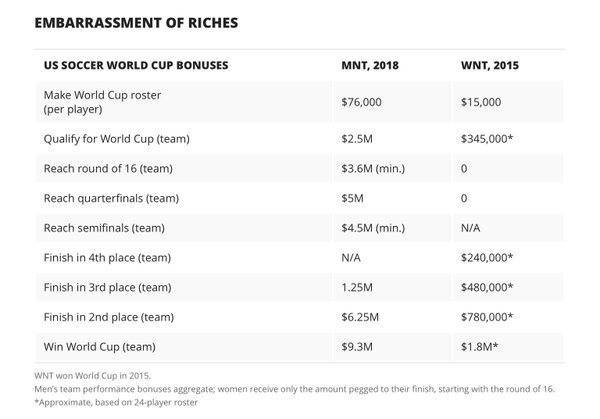Ongig released this study this past week – The Top 70 Applicant Tracking Systems of 2016. This study is based on around 3300 employers around the world, most in the U.S. To put that into perspective, there are over 200,000 employers in the U.S. alone with over 100 employees.
I use 100 employees, because once you get to that magic 100 employee number, usually at that point we see companies begin to purchase their first real HR technology – HR System of Record and an ATS. So, it’s a pretty limited sample, but better than anything else you’ll find, plus, it’s a good list of a possible 70 ATSs to take a look at. Also, realize, and I don’t have an exact number, but I would be there are well over 500 ATS systems on the market right now.
Here’s the list:
| ATS | 2015 Share |
| Taleo | 36.43% |
| Homegrown | 11.10% |
| Jobvite | 8.58% |
| Kenexa – Brassring | 7.56% |
| iCims | 6.39% |
| ADP | 4.79% |
| SAP-SuccessFactors | 3.72% |
| PeopleFluent (Formerly PeopleClick) | 2.52% |
| Silkroad | 2.27% |
| iRecruitment/PeopleSoft | 1.74% |
| Ultipro | 1.67% |
| Greenhouse | 1.67% |
| HRDepartment | 1.28% |
| Newton Software | 0.78% |
| Jobscore | 0.50% |
| Lumesse | 0.50% |
| WorkDay | 0.46% |
| Lever | 0.46% |
| PeopleAnswers | 0.46% |
| Kronos | 0.39% |
| Jazz.co | 0.39% |
| HRSmart | 0.39% |
| MyStaffingPro | 0.35% |
| ContactHR | 0.32% |
| Ceridian | 0.32% |
| HireBridge | 0.28% |
| PCRecruiter.com | 0.28% |
| Force.com | 0.25% |
| HealthCareResource | 0.25% |
| ApplicantPro | 0.21% |
| ATS OnDemand | 0.21% |
| ApplicantStack | 0.21% |
| HRMDirect | 0.21% |
| eRecruiting | 0.18% |
| Cornertone OnDemand | 0.18% |
| Smartrecruiter | 0.18% |
| CATS ATS | 0.14% |
| SmartSearch | 0.14% |
| Luceo | 0.14% |
| Pereless | 0.14% |
| Bird Dog | 0.11% |
| GlobalSuccessor | 0.11% |
| Hiredesk | 0.11% |
| iApplicants | 0.11% |
| TrueBlue | 0.11% |
| Hyrell | 0.11% |
| Bullhorn | 0.11% |
| JobScience | 0.11% |
| Vitae | 0.11% |
| ResumeWare | 0.11% |
| Navicus | 0.07% |
| RecruiterBox | 0.07% |
| Workable | 0.07% |
| Recruiting.com | 0.07% |
| Snaphire | 0.07% |
| Tribepad | 0.07% |
| ClearCompany | 0.04% |
| Jobstreet | 0.04% |
| Konetic | 0.04% |
| Njoyn | 0.04% |
| Selctrak | 0.04% |
| SpeediARMS | 0.04% |
| HireRabbit | 0.04% |
| JJ Keller | 0.04% |
| netMedia | 0.04% |
| NovaHire | 0.04% |
| PracticeMatch | 0.04% |
| TeamWorkOnline | 0.04% |
| PeopleAdmin | 0.04% |
Crazy, right?
Obviously, Taleo has a huge market share, and many large enterprise clients use them because of the integration with Oracle. Taleo has a giant built-in market.
More surprising for many would be the huge number of homegrown ATSs being used. I’ve seen so many of these, and almost every single one is awful! In fact, you can get a free ATS that is better than 99% of the homegrown systems being used today.
Another thing you’ll see, and it won’t change, is that the top enterprise level HRIS systems on the market, will also have a huge share of the ATS market – Orcale/Taleo, Workday, ADP, Kronos, SAP/SuccessFactors, UltiPro, etc. Most of these ATS systems are designed for big, giant cumbersome talent acquisition processes. They are not the best ATS technology on the market, but HR executives who know nothing about recruiting, usually, just want integration. This is one major reason why most giant organizations fail at TA.
This list, alone, is why buying a new, or first, ATS system is so difficult. The choices are endless, and many of these on the list, are frankly, not very good ATS technology, some are brilliant. So, you can’t just buy what everyone else is buying, because that is a major trap as well. So, do your research, and if you still feel lost, find someone who actually knows this technology!
At the very least, before you sign the contract, talk to current customers of the ATS that are at all stages – current implementation, a year into using it, seasoned users. Also, talk to people that have left them in the past year and find out why. If the ATS vendor won’t help you find these contacts, run away from them!
Thanks to Ongig for putting this together – cool stuff, if you’re a geek like me!

